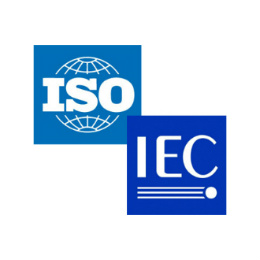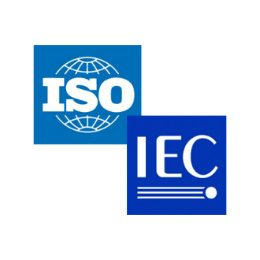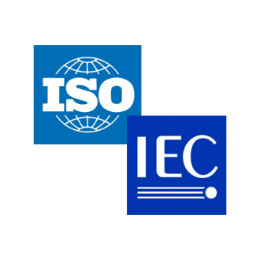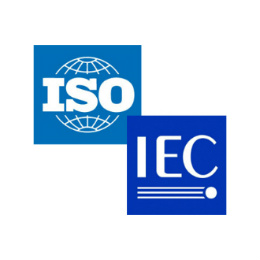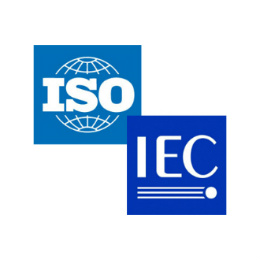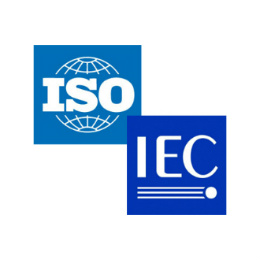Coded character sets
Scope of the SC : Standardization of graphic character sets and their characteristics, including string ordering, associated control functions, their coded representation for information interchange and code extension techniques. Excluded: audio and picture coding.
SC 2 experts have been working hard to develop Universal Coded Character Set , ISO/IEC 10646, and related standards which are the fundamental basis of Information systems and being referred from every standards involving character based information exchange and/or processing.
The first version of ISO/IEC 10646 standardized 32,884 characters and published in 1993. Edition 5 of it, the latest version currently under development, will cover over 130,000 characters.
SC2 will keep quality and speed of its work to develop standards for character. And close cooperation between SC2 and other all committees to develop standards involving character codes is important.



